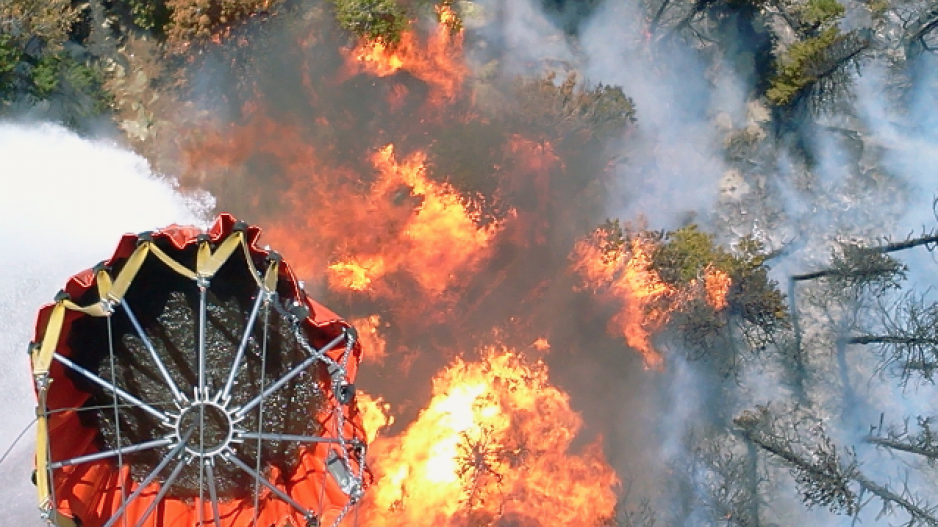The B.C. government is bringing in 60 ground-based fire fighters and 10 specialized fire-fighting personnel from Ontario to add to the 622 contracted staff currently fighting 184 fires across the province, Forests, Lands, and Natural Resource Operations Minister Steve Thomson said on a conference call July 7.
Having already spent more than $90 million to fight fires, the province has already blown past the $63 million that it officially budgeted to fight fires in the 2015-16 fiscal year.
Thompson has also made a request for Australia and New Zealand to send workers although he was not clear how many of those workers would come to the province.
“In the season, we were able to lend personnel and aircraft to Alaska, Alberta and Yukon, which helps offset our firefighting costs,” he said. “We appreciate the reciprocal arrangement when we need the additional resources.”
Given that fire fighting costs were more than $297.9 million last year and $122 million in the 2013-14 fiscal year, it might have been expected that the government would blow past its allotted $63 million this year.
“We have statutory access to contingency funding to have resources available for what we need,” Thomson said. “We will make sure that we have the resources available to address the need to protect communities, to keep public safety and to protect assets in B.C.”
Fires that do not impact communities, assets or infrastructure will get what Thomson called “a modified response” to the fire as opposed to an all-out response.
B.C. Wildlife Service’ Kurtis Isfeld said 23 new wildfires started across the province yesterday and that his team is predicting 30 new fires per day for the foreseeable future.
Nine fires have triggered some form of evacuation alert, he said, before noting fires that are in the Kamloops, Prince George, Pemberton and other regions.
“Looking five to 12 days out, we’ll have above average seasonal temperatures, below average precipitation and poor overnight recoveries,” Isfeld said.
Executives at firms that are combating the fires say business is strong but tended not to want to give revenue or profit projections because they felt that it was not appropriate.
“Business has picked up in the past few years and it’s a function of both climate change but also there’s a lot more people living on the hillsides around Kamloops and Kelowna and those communities,” said Paul Lane, who is vice-president of the Alberta-based aerial fire fighting company Air Spray, which usually generates about one third of its revenue from B.C.
“It makes it that much more of an imperative to defend those areas because there are people’s lives at stake.”




